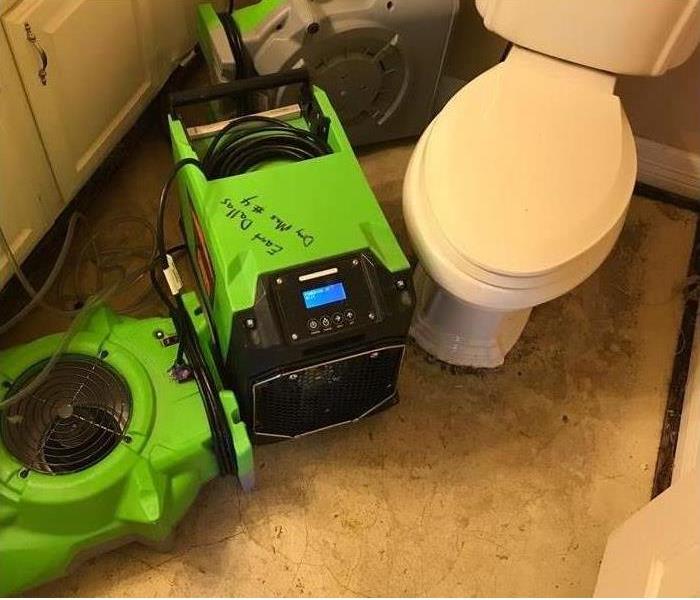The Insurance Process When It Comes to Restoration Companies
9/19/2023 (Permalink)
The insurance process for remediation companies, such as those involved in disaster recovery, environmental cleanup, or restoration services, typically involves several steps. Here's an overview of how it works:
Assessment and Initial Contact:
- When a property owner or business faces a situation that requires remediation services (e.g., water damage, fire damage, mold infestation, hazardous material cleanup), they typically contact a remediation company.
Initial Inspection and Estimate:
- The remediation company conducts an initial inspection of the damage or contamination to assess the scope of work required.
- They provide the property owner with an estimate of the costs involved, which includes labor, equipment, materials, and any other necessary expenses.
Insurance Verification:
- If the property owner has insurance coverage that may apply to the remediation services, they contact their insurance company to verify coverage and file a claim if necessary.
- The insurance company assigns an adjuster to assess the situation and determine if the claim is valid.
Claim Approval:
- If the insurance company approves the claim, they will work with the property owner and the remediation company to determine coverage limits and any deductibles.
- The insurance company may also specify which services are covered and to what extent.
Work Commencement:
- Once the insurance details are settled, the remediation company can begin the cleanup and restoration work.
- They typically follow industry standards and guidelines for the specific type of remediation required.
Documentation:
- Throughout the remediation process, the remediation company keeps detailed records of the work performed, including photographs, invoices, and reports.
- They submit these documents to the insurance company for reimbursement.
Insurance Claims Processing:
- The insurance company reviews the submitted documentation and processes the claim.
- They may conduct additional inspections or request more information if needed.
Payment and Reimbursement:
- Once the claim is approved, the insurance company will issue payment directly to the remediation company for the covered expenses.
- The property owner is responsible for any deductibles or costs exceeding the coverage limits.
Completion of Work:
- The remediation company continues working until the property is fully restored or the contamination is removed to the satisfaction of all parties involved.
Final Inspection and Sign-off:
- After the remediation work is completed, a final inspection is often conducted to ensure that all work meets the required standards and that the property is safe for occupancy or use.
Claim Closure:
- Once the property owner and insurance company are satisfied with the work, the insurance claim is closed.
It's important for property owners to understand their insurance policy's terms and coverage limits, as well as any responsibilities they have in the claims process. Remediation companies must also maintain proper documentation and communication with both the property owner and the insurance company to ensure a smooth and successful claims process.






 24/7 Emergency Service
24/7 Emergency Service
